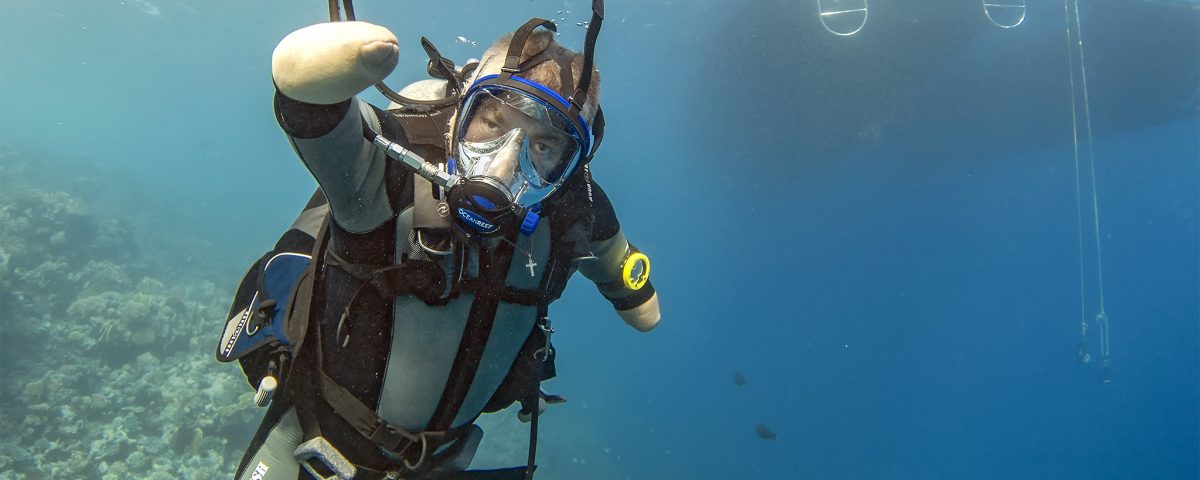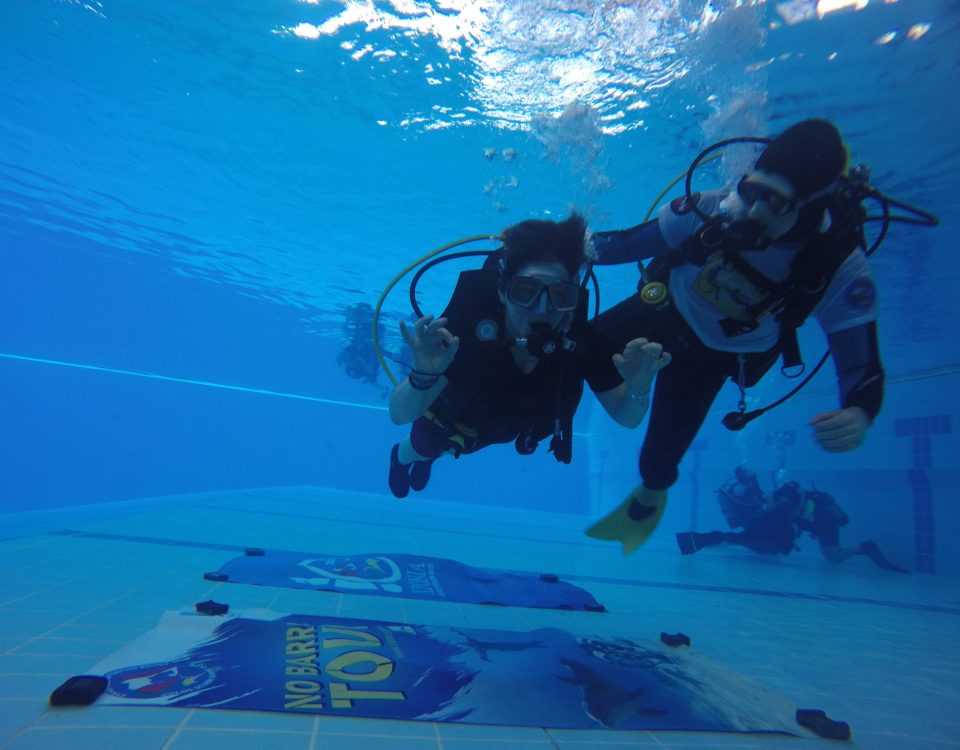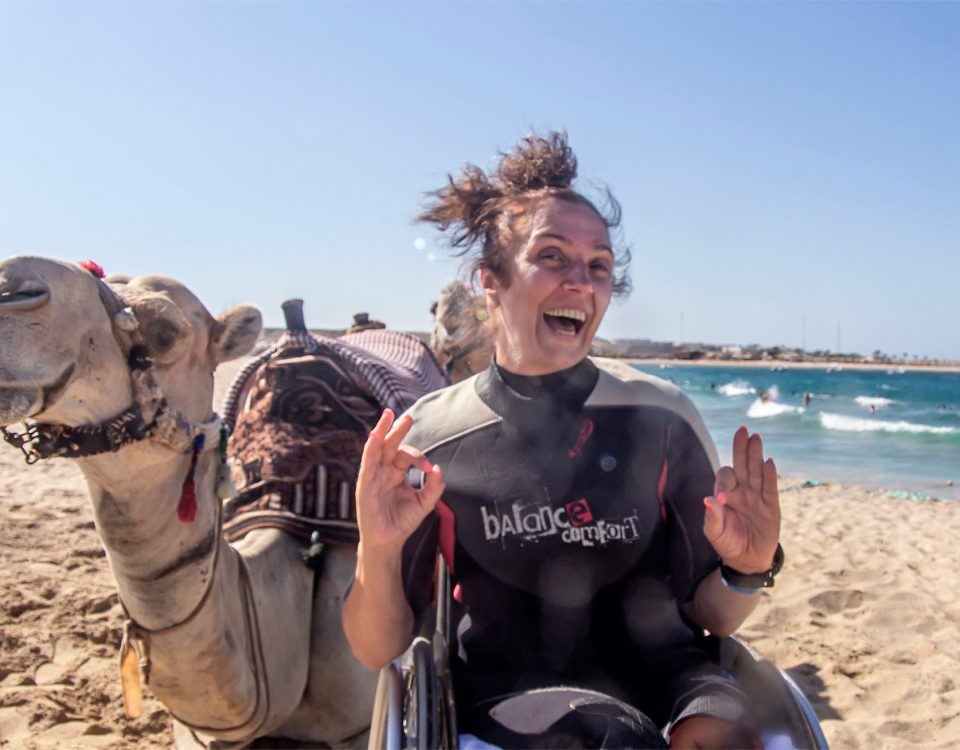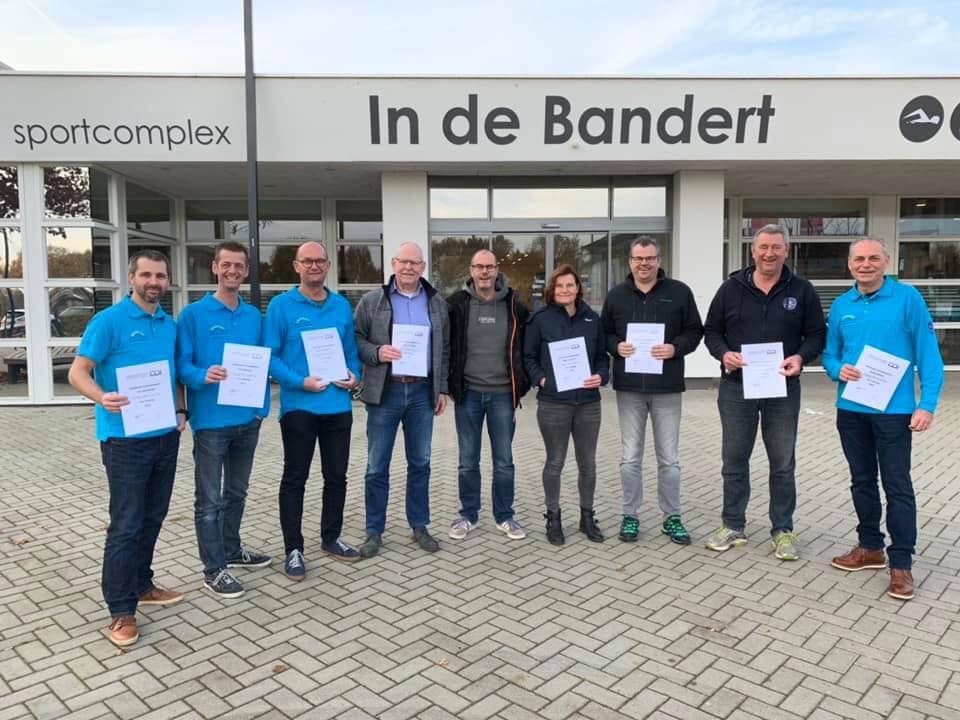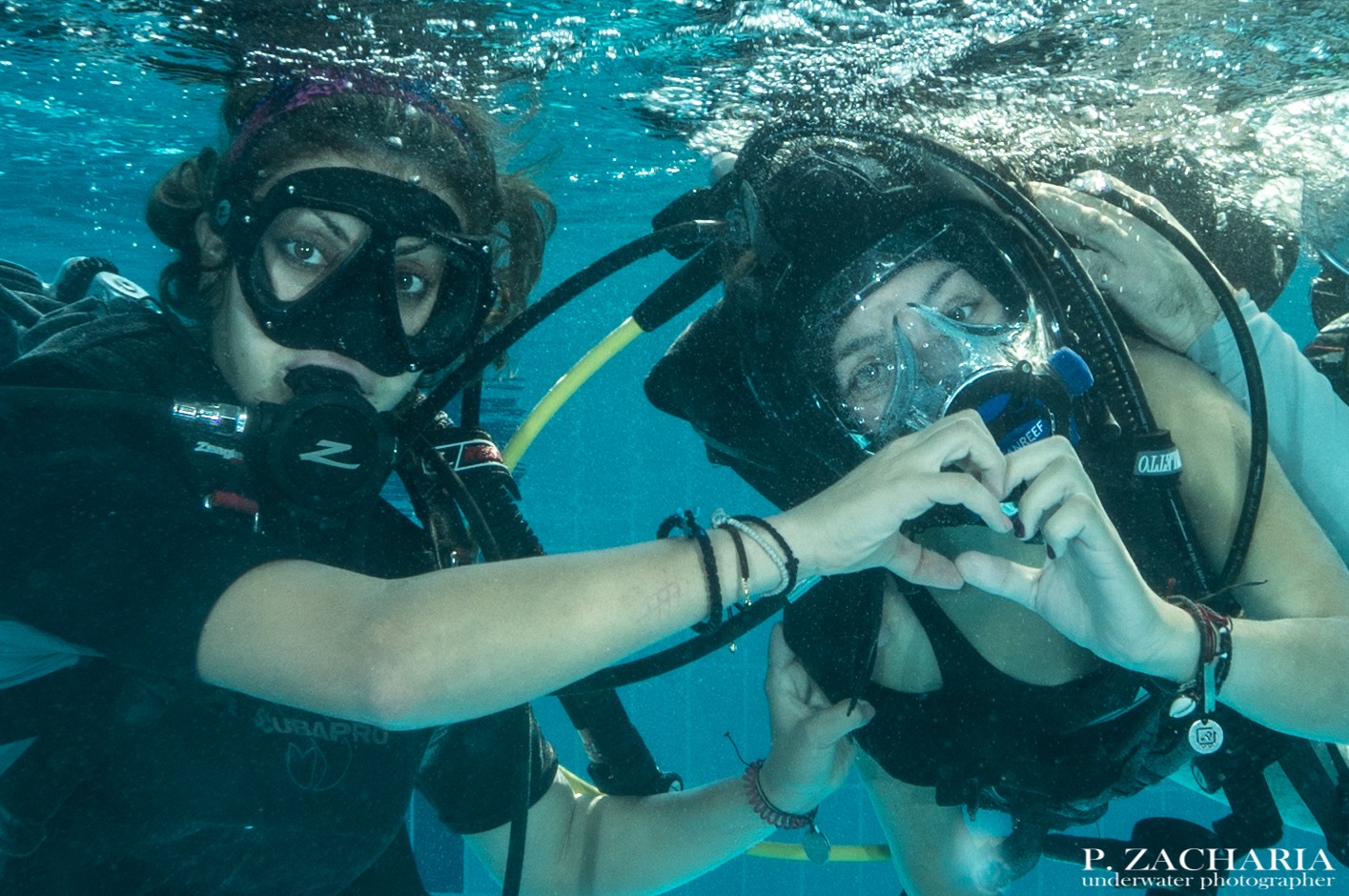
No Barrier Tour 2019 Cyprus
November 6, 2019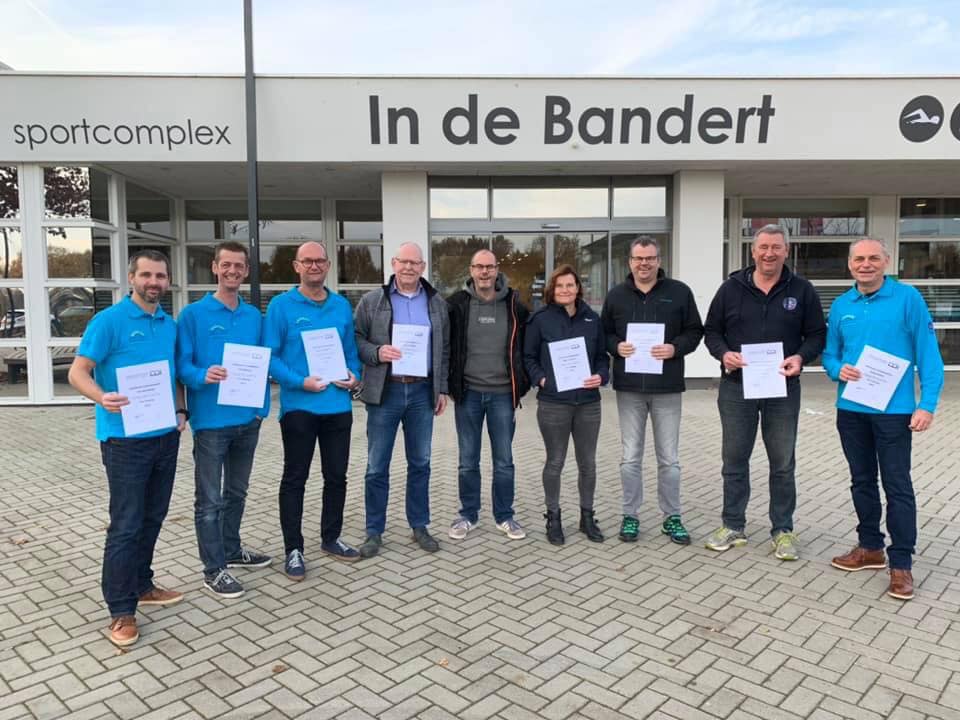
Behind the scenes Pro Course review
January 23, 2020Working with Different Disabilities
I myself am looking for interesting people through social networks and offer them participation in the project. If they agree, then they become co-authors of a new motivating story Dmitry Knyazev (DDI Instructor)
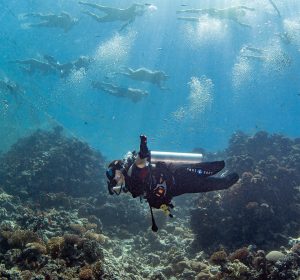
‘The Little Mermaid’ Project, Elena Chinka
Success Stories

‘I have a muscular disease, but the muscular disease does not have me’ project, Anneke Van Der Werf
Dmitrii Pavlenko and His Story
I’m on the lookout all the time. In 2016, I learned about a diver with amputation of the arms and legs. It was Philippe Croizon. I was interested in this topic and I began to look for more examples. I came across the story of Daniel Ennett, who was trained by Mark Slingo (DDI Board Member)These examples inspired me and so I got the idea to train a quadruple amputee diver. I began the search for a man who has a dream about the underwater world, and who is ready to make a challenge. It took six months. (Dmitry Knyazev DDI Instructor)
In Summer 2017, Dmitry met Dmitrii Pavlenko, a quadruple amputee, via facebook and said he was ready to try, and so, they embarked on their journey in Moscow, with Dmitrii’s wife Olga.
About Dmitrii Pavlenko
The Journey
This is what we can do together. Olga Pavlenko (DDI Assistant Diver)
Dmitry has gained experience on working with couples, in which one family member had a disability. From Olga’s inspirational phrase, Dmitry named the project ‘do not part with your loved ones’. His philosophy was, no-one should wait on the shore, family support is curtail for divers with disabilities.
Dmitrii and the 40m Dive Plan
The following text is written by Dmitry Knyazev.
- Dmitrii will dive to 40 meters – the maximum depth for recreational diving.
- The dive will take place in open water.
- Dmitrii will do the descent to 40 meters on his own, none of the support team will touch him.
- Dmitrii will do an independent ascent from a depth of 40 meters, none of the support team will touch him.
- Dmitrii must make a safety stop at 5 meters for 3 minutes on his own.
- If there are waves on the surface of the water, then a support diver can help Dmitrii to go down to a depth of 3 – 5 meters, where the waves effects disappear.
Similarly, support diver can help Dmitrii ascend from a depth of 3-5 meters after he does a safety stop if there are waves on the surface. - If during a dive under water there will be such a strong current that it will take Dmitrii from the guide line and Dmitrii will not be able to return to the line himself, the support diver can help Dmitrii return to the line.
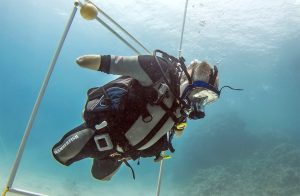
Dmitrii Pavlenko diving
Equipment Adaptations
Below is a list of equipment adaptations that Dmitry used to best support his diver to be as independent as possible underwater. Due to Dmitry’s thorough research and experimentation, Dmitrii Pavlenko is now a Level 2 diver instead of a Level 3, due to his ability to control his equipment through adaptations.
- The full-face mask allows him to independently equalise pressure during the descent.
- Small weights fastened to the BCD shoulder straps allow him to steadily hold the trim horizontally when he moving forward.
- The Aqualung BCD with the i3 system allows Dmitrii to independently control his buoyancy during a dive. The shorter i3 lever was replaced with a long one (originally a bent spoon!) , which gives Dmitrii the opportunity to control it without fingers.
- Special blades, or ‘wings’ mounted on Dmitrii’s upper arm allows him to move forward and effectively control the position of his body from vertical to horizontal and vice versa.
- Dmitrii’s diving suit is made to order, and because of this he can don the suit himself.
- A special harness for a dive computer is mounted onto the suit. This allows Dmitrii to control the readings of the device himself.
- Special underwater signals were developed, this is due to the fact that the usual divers signs use fingers that Dmitrii doesn’t have.
- As well as this, when Dmitrii needs to say something, he can speak in voice as he wears a full-face mask with coms.
- A crotch strap is used for the BCD. This provides him with stability and comfort under water. Due to the fact that BCDs are not designed for someone to use their arms for propulsion, the crotch strap stops the BCD riding up to the shoulders and head.
Dmitrii’s dive was recorded as a world achievement by EHandicap Records . Here you can view the video from the dive and related information.
I believe that such registration is necessary because the statement of achievement as a world record draws a great deal of public attention to it. This allows you to talk about diving opportunities for people with disabilities to a wider audience. Dmitry Knyazev (DDI Instructor)
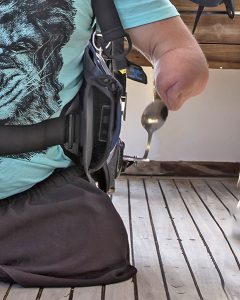
Thinking outside the box equipment adaptations
The Y-40
In October 2019, Dmitrii made an independent dive in the deepest pool in the world, the Y-40. Dmitrii is now a DDI Advanced Open Water Diver, Level 2.
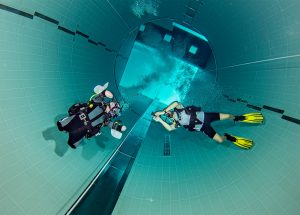
Dmitrii during the y-40 dive
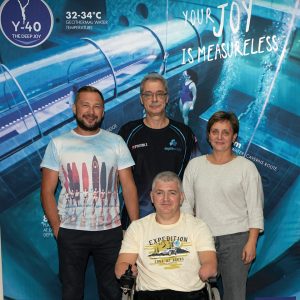
(left)Konstantin Ermakov, Dmitry Knyazev, Dmitrii Pavlenko, Olga Bobrova(right)

